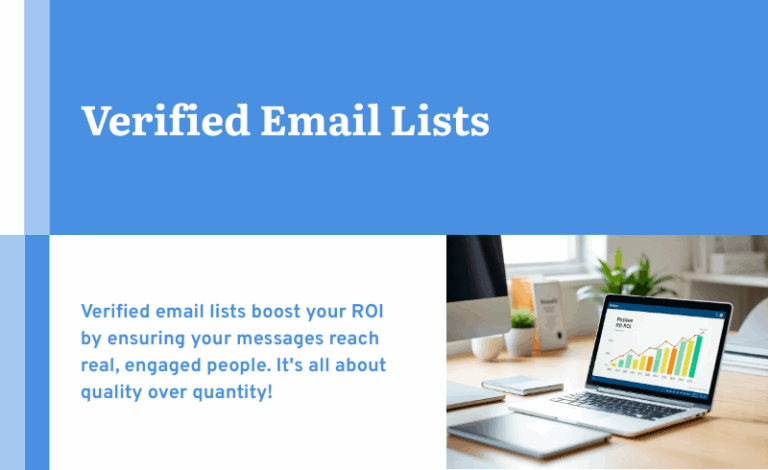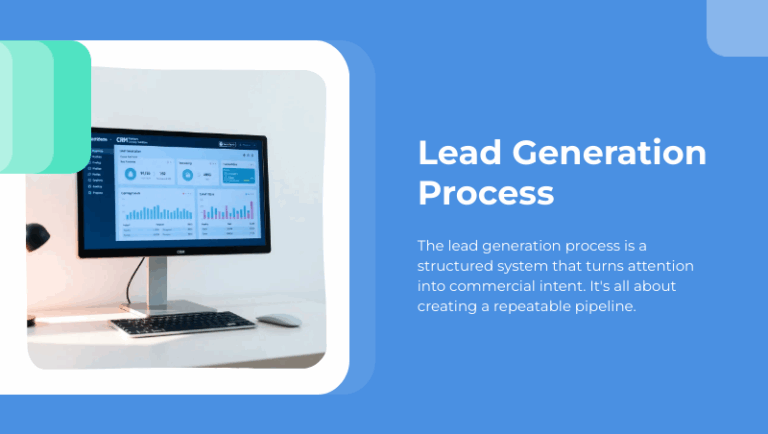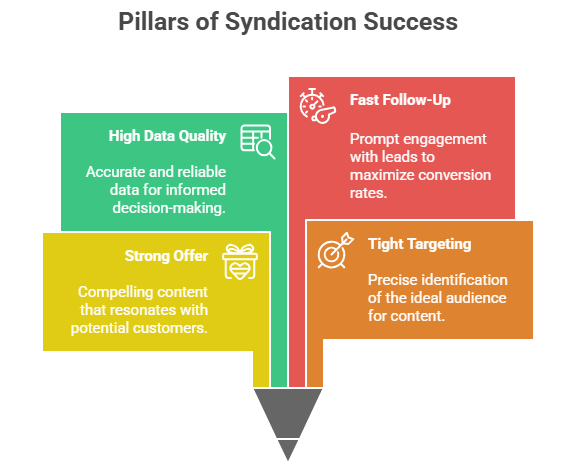
Mobile marketing has transformed the marketing landscape in a way that nothing else has since the advent of email. Now that the majority of your audience might be reaching you via mobile channels, it makes sense that the other transformative technology – marketing automation – makes full use of it. That doesn’t mean mobile implementation of marketing automation happens by chance, though; it takes some effort to make sure your automation software makes the most of your mobile marketing plan. Here’s how to get the best results from your mobile marketing:
Make It Mobile-First
Just being mobile-friendly isn’t enough; your system needs to prioritize mobile accessibility. Marketing automation systems are an ideal match for mobile marketing because they can keep up with the instantaneous nature of them. Coordinating real-time A/B split testing, in-app messaging, alerts, and other time-sensitive events is simpler with automation. If you aren’t thinking of mobile technology first, you’re selling that rapid-fire, real-time flexibility short and failing to take full advantage of your marketing automation system’s capabilities. Depending on your industry, as much as 70 percent of your audience now reads email on mobile devices, so put them first when designing your campaigns.
Don’t Forget Existing Customers
Mobile marketing’s a great lead acquisition tool, and no B2B marketer would minimize the importance of great lead gen. That doesn’t mean your current customer base doesn’t benefit from automation-assisted mobile marketing. With automation, you’re able to organize, optimize, and gain insights from existing data in new ways, which in turn lets you deliver a more customized, relevant experience for each client. For example, you’re able to push reminders to customers when you know they need to resupply – data you know thanks to your marketing automation system and its history tracking features. Better customization means better customer service, so don’t neglect your buyers.
Keep Your Sense of Scale
Your audience might be global in scope, but as individuals, each audience member is decidedly local. Mobile-first marketing automation scales your messages to your audience’s interests, letting you send messages that fit within the recipients’ horizons and engaging their interest with a relevant offer. Geo-targeting is an incredibly powerful marketing tool, but it only works if you’re able to scale it appropriately.
Capture and Contextualize Data
Marketing automation systems excel at data capture, and it’s all useful. For mobile marketing, however, it’s important to prioritize that data in ways that make sense. All the information you collect on your leads matters, but some data matters most in a mobile context. For example, location data is particularly relevant to mobile marketing activity. As important as it is, though, it can’t be your only point of connection with your customers, which is where the other data you collect comes into play. Combine that single bit of knowledge with other information, such as behavioral data about where a lead is in the buying journey or the lead’s status as an influencer, and you have many possible approaches to take.
Don’t Forget Your Audience’s Individuality
Unless you have only a single customer, your audience is diverse. It’s composed of individuals with their own habits, buying needs, and quirks. The more attentively you listen to and learn about them as people, not data points, the better they respond. Marketers make a mistake when they see their audiences as monolithic units. With marketing automation, you’re able to segment audiences into smaller slices that have more in common, eventually approaching the ideal of treating everyone in your audience as a marketing segment of one.
© Reach Marketing LLC 2016 All Rights Reserved.



